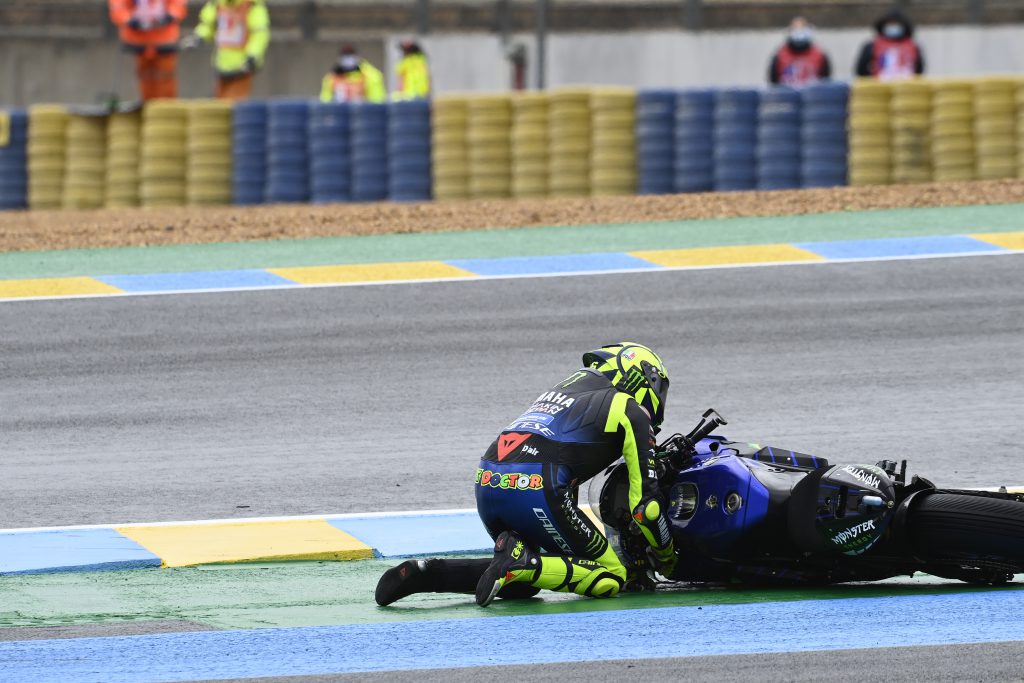In some parts of the United States, motorcycles have been tucked away into storage, into the corners of garages, or wrapped up tightly in a locking bike cover. However, in other areas, motorcycles can be enjoyed all the time, and new riders complete their training courses and get their licenses every month of the year. This also means that those new riders will be hitting the streets on their new (or new to them) bikes, and through constant vigilance, practicing Five to Survive, and riding with confidence but also restraint, they’ll have many years of riding ahead of them.
However, there are four mistakes that many new riders either make, or are quickly reminded of with a close call. This is not to say that every new rider will make any of these mistakes, but there is also the possibility that a new rider could make all of them. As well, while there are many, many ways that a ride could go bad, statistically speaking the following four mistakes are the most common. If even a legendary rider like Valentino Rossi can get it wrong, looking at that picture at the top of this article, then even you, the new rider, can do so too.
We’ll start off with the easiest one to fix…
Cheaping Out On Gear
Asphalt, tarmac, pavement… whatever you’re riding on, it is abrasive for the exact reason of giving the rubber of your tires something to grip against. This abrasiveness also means that if you are wearing cheap knock-off gear or no gear at all, it will do damage to your skin, either through road rash or, if you crashed at a high enough speed, giving extremely painful friction burns.
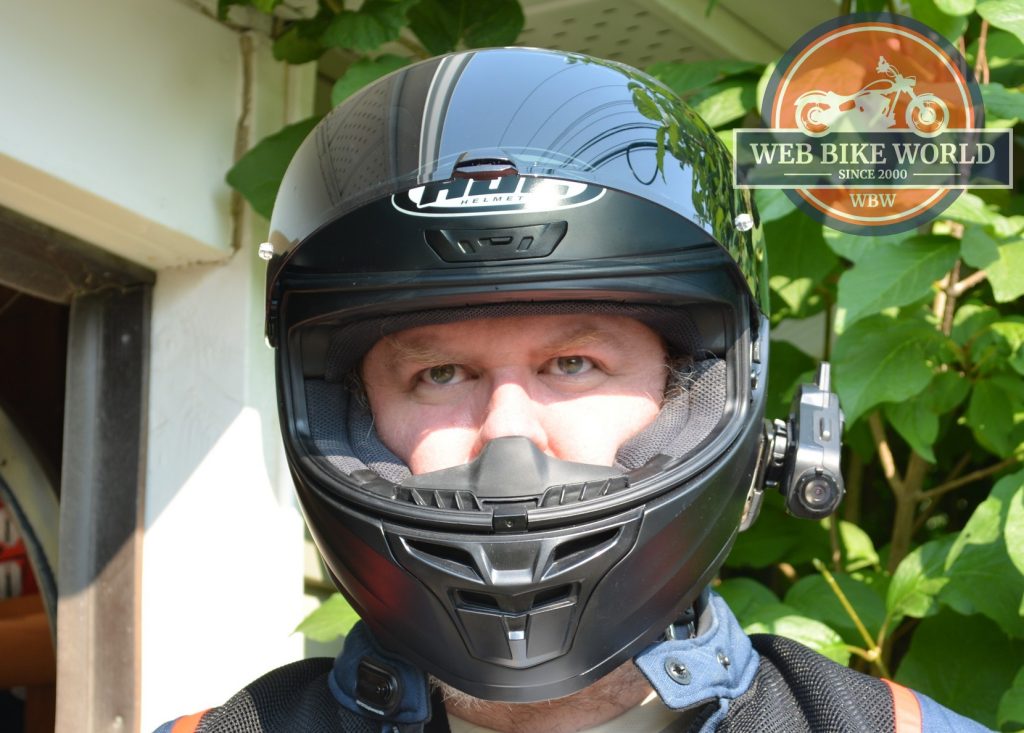
This isn’t to say that there isn’t budget gear that also offers superb protection, such as the HJC i10 helmet we recommend in our 5 Best Full Face Helmets list, which at a price of $170 carries a SNELL M2020 rating, one of the best certifications possible. The point to be made here is that you should be buying your gear from reputable, well known gear stores, such as RevZilla. Amazon is a bit more of a dice roll, but if you’re buying your gear from the actual brand page on there, it is 99.9% of the time fine.
However, there is a certain part of the gear market that this entire section is about, which are the “too good to be true” price points on certain pieces of gear. An AGV helmet for $50? A “full-leather” jacket for less than $100? There are some “brands” out there that offer what seems to be good gear at cheap prices, and unfortunately they do attract newer riders. Buying, insuring, riding, and maintaining a bike is, in a word, expensive, so the one area that many look to cut corners on is gear.
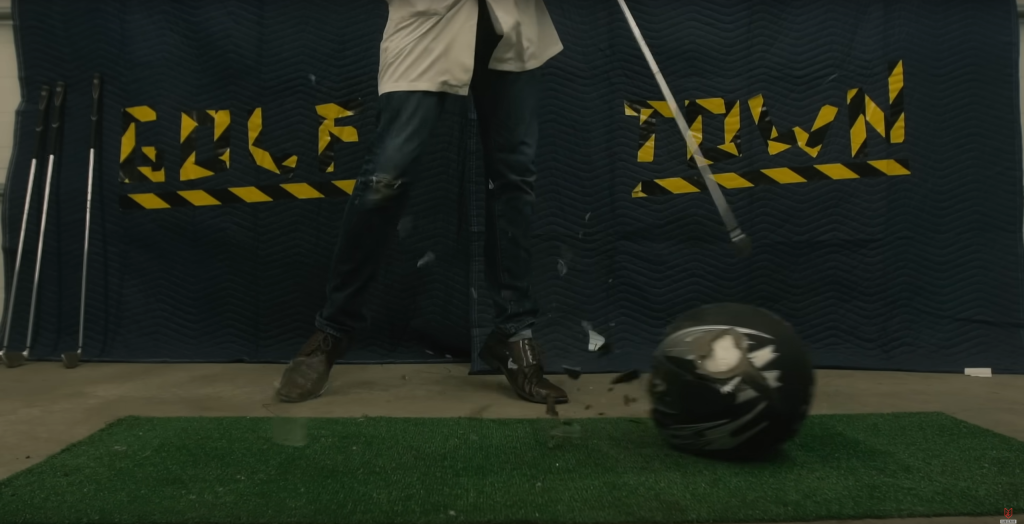
Just remember the old adage about a great many things: “If it seems too good to be true, it probably is.” That $50 AGV helmet is more realistically a knock-off with the AGV logo changed just enough to look “right” but not infringe on copyright. What is worrying is that while AGV have spend millions on research and development, making their helmets out of the most advanced materials possible, and submitting them to multiple tests and testing facilities, that knock-off helmet is made from super thin plastic with its “EPS foam” being made out of the same type of styrofoam that a flat screen has inside the box to hold it steady. In other words, if you took an impact to the head with that helmet, it would do exactly jack-diddly nothing to protect your head.
While it sounds like we’re being uber-capitalist about it, spend the money. Get real gear, for the type of riding you’ll be doing, and remember that if you do go down in it and it sacrifices itself to quite literally save your skin, your insurance plan will have a rider in it to cover up to X amount of gear. Total up what your gear costs, talk to your broker, and get the rider set so that it covers it all, and while you might spend a few more bucks a month on insurance, it’s well worth it.
Forgetting To Countersteer
As a new rider, you’re on your brand new (or new to you) bike, enjoying the sunshine, the wind tugging gently at your jacket as you crank your right wrist a little more. All of a sudden, you realize that there is a corner ahead, and in a moment of panic, you lean into the corner but you’re drifting wide out of your lane, and you know that even thinking about the front brakes will either send you into a slide or launch you into a highside.
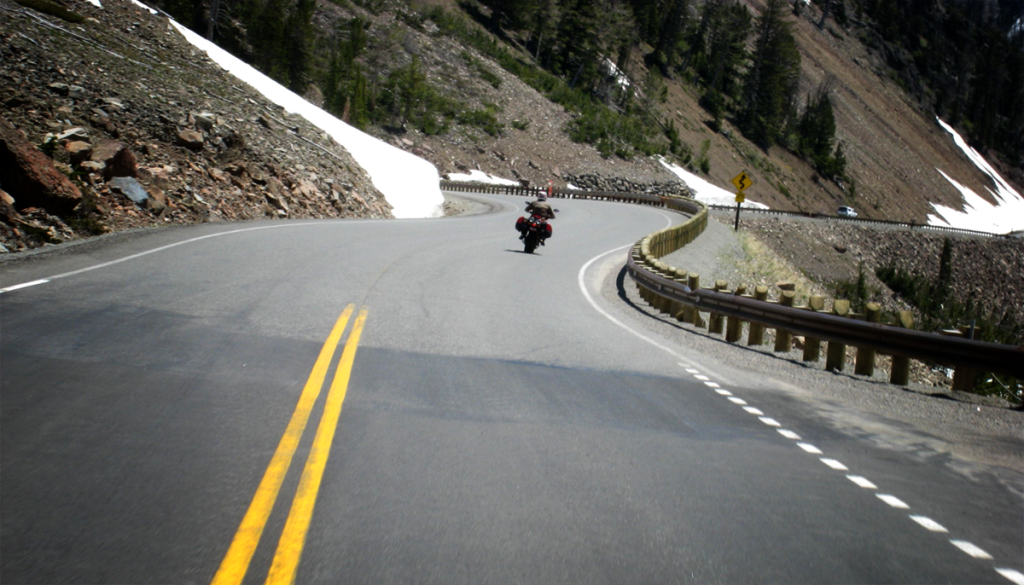
This is not an unrealistic scenario, as a quick search of YouTube will attest to. A rider is out there enjoying their ride, then boom, they’re tumbling across the corner because of one thing, namely that they didn’t countersteer. This is one of the key reasons that practice in a parking lot or an area away from other vehicles and dangers is so important, as in that moment of panic, if you have been practicing and your body knows that if you’re going too fast and that the brakes aren’t an option, increasing the lean angle of your turn is the way to get through it safely.
The next time you are out doing your parking lot practice, do a moderate turn at about 10 MPH, but using only your body to lean into the turn and influence the bike. You’ll find that the bike wants to stay straight up and down, and you’ll be leaning over quite a lot. Do that same turn, but this time turn the handlebars counter to the direction of the turn ever so slightly (turn left to go right, turn right to go left), and all of a sudden the bike wants to be leaning over slightly, and you won’t have to put as much body lean and force into the turn.
That, in a nutshell, is countersteering. After a few months of riding and gaining confidence in turns, it almost becomes second nature and you’ll do it without thinking. It’s in the panic moments that quite often that knowledge is lost in the chaos of “What do I do?!?!” Just remember, the bike is designed to be turned with countersteering. If you aren’t going three times the speed limit, the bike will turn, and it will see you safely out of the corner so you can pull over, hop off, lie down, and have your aneurysm in relative comfort.
If you ever needed a more dramatic example, watch MotoGP or World SBK racing, paying special attention to the riders when they are braking to set up for a corner. More often than not, the rear of the bike will seem to step out as they brake, but then they tuck down and over the side of the bike while turning the handlebars counter to the turn, and the bike will suddenly be almost lying down, with the riders’ knees and elbows skating along the tarmac. By the sheer physics of a motorcycle, the gyroscopic forces acting on the bike keep it up off the deck and safely through the corner.
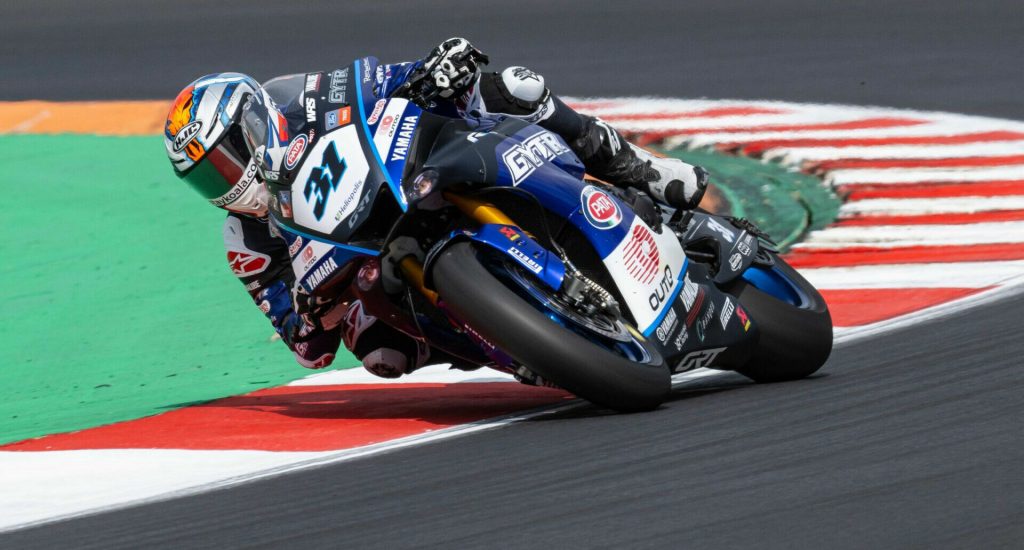
Not “Riding Your Own Ride” In Groups
Joining the two-wheeled community is exciting. We know it, you know it, everyone that sits atop a container of flammable liquids with explosions contained within metal and thinking that it’s a great idea knows it. Part of that excitement is just that fact, that we are a community. It’s why we drop our clutch and point to the road when we see another bike coming the other way, “rubber side down, brother/sister.” It’s why we also, at times, go on group rides, and it is during those rides that things can go significantly wrong.
One thing you are in control of, at all times, is your motorcycle. You know your own experience level, and you know your own comfort zone. However, for some reason, be it tunnel vision on the rider ahead of you or even feeling mildly ashamed or guilty of holding up riders behind you, if the ride is going a bit fast and the experienced riders are taking a turn within the speed limit but above your comfort level, a new rider will try to keep up by cornering at that faster speed, which can end with a close call, a crash, or worse.
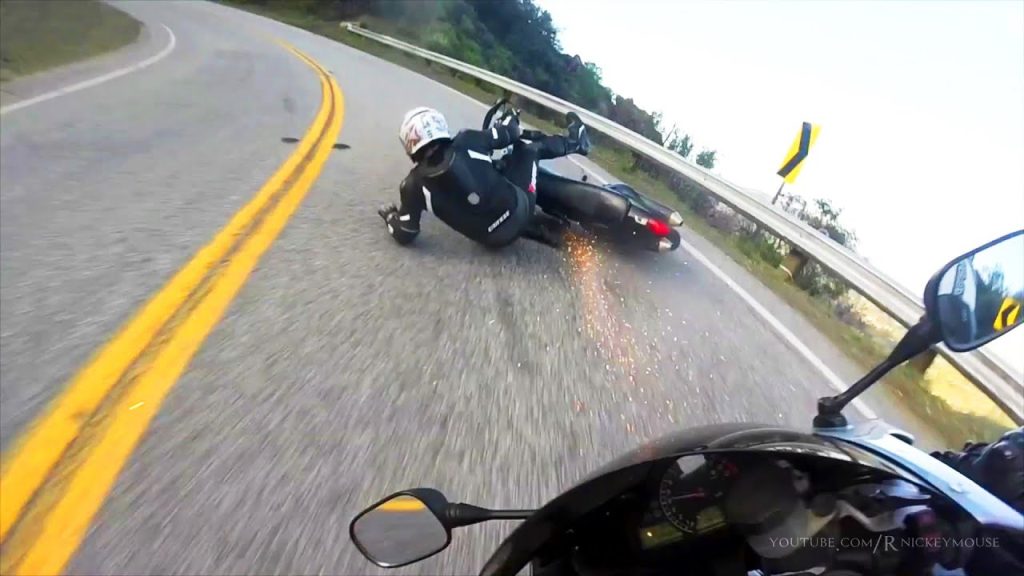
This is why, when either on your own or with a group, “Ride your own ride.” If those experienced riders are taking the turn faster than you, so be it. Follow the lessons you learned in your training course: Slow, look, lean, roll. If the riders behind you are experienced, they’ll understand without any argument why you took the corner slower than those ahead of you, and if it’s a well-done group ride, the leader will actually slow down to let the pack catch up.
There might be some gentle, good natured ribbing about it, but that’s part of being in the motorcycle community. However, if there is actual criticism or jeering, such as “why couldn’t you take that corner faster? We’re late because of you!” or something like that, the best thing you could do is leave that group ride there and then. If they ask why, “because I’m riding my own ride, and I didn’t feel comfortable going that fast around that corner.”
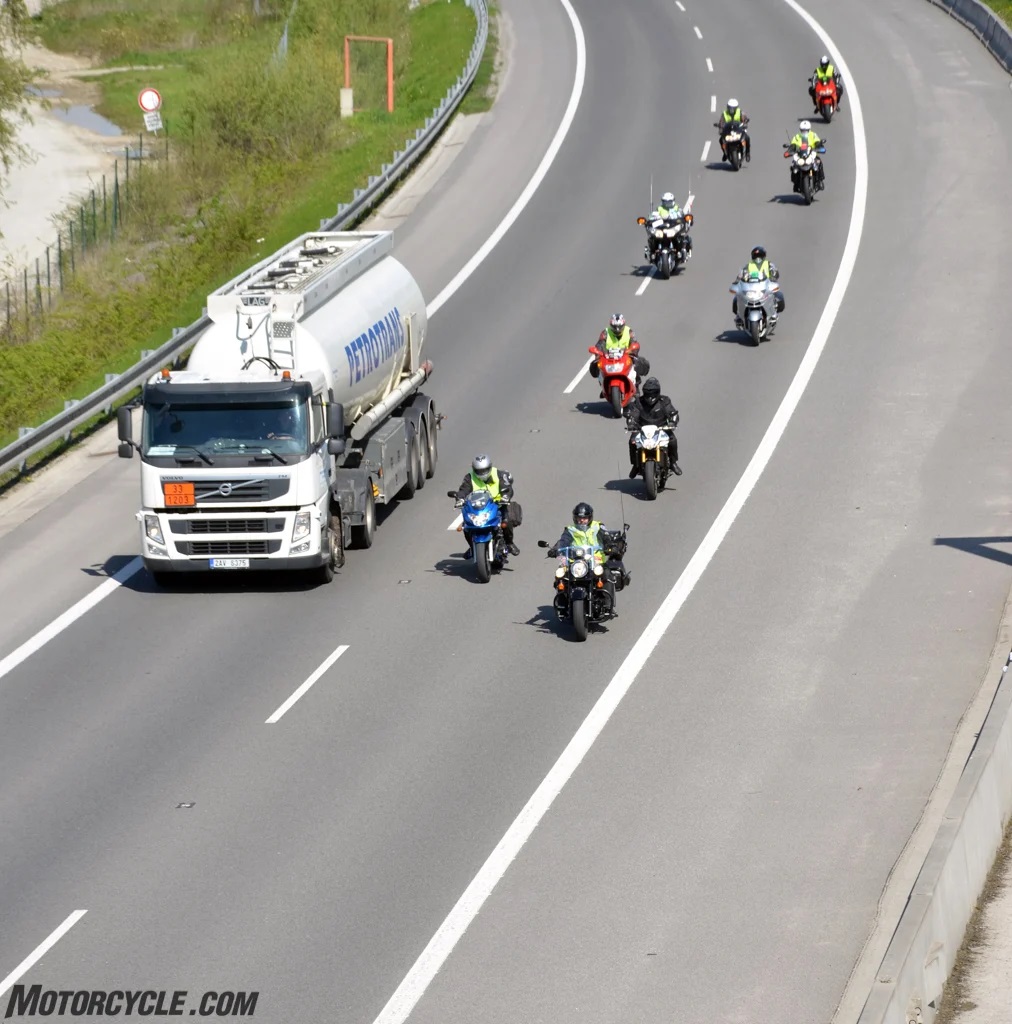
There is realistically no argument against that statement. None. Nada. Zip. Zilch. Ride your own ride, within your own comfort zone, and if you arrive at your destination a little late, it’s a far better result than never arriving anywhere ever again. Ride safe, ride comfortable, and keep the idiot filter between your brain and wrist in place at all times, and you’ll make it home safe 99.9% of the time, and that 0.1% is simply because nothing is ever perfect.
Cruiser Specific: Not Knowing Your Average Fuel Range
A lot of cruisers, even in 2022, will only have one gauge, the speedometer. Part of cruiser riding is the relatively uncluttered, relaxed, enjoyable riding experience, just you and the open road. Also, a well maintained and cared for cruiser-style bike can last decades, and therein lies the rub. Even into the 2010s, a lot of cruisers didn’t have a fuel gauge, or even a low-fuel warning light. The only way that you knew how much fuel you had was either looking into the tank directly, or knowing your average fuel range and keeping your eye on the odometer or trip meter.
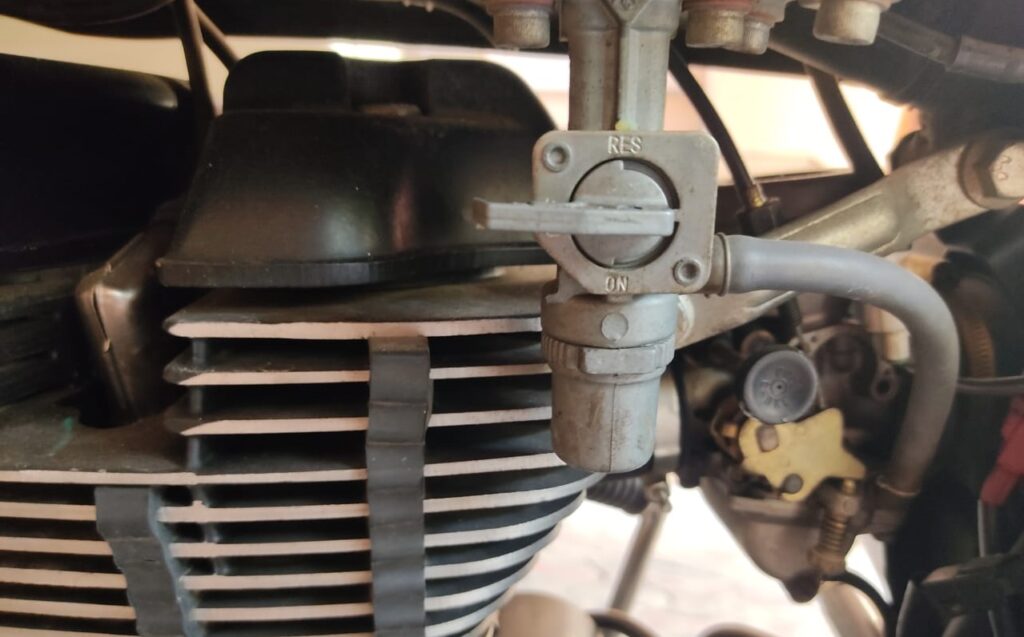
Say, for example, as a new rider you have picked up a mid-2010s Harley-Davidson Iron 883, one of our recommended beginner bikes if cruisers are what you want to ride. It has a single gauge, and while it does have a low fuel warning light, it’s in a light bar below the speedo. If your eyes are up to the horizon and you’re scanning 20 seconds ahead on the road, it may not draw your attention right away. If you’re riding a Harley from the 1990s, there is no warning light at all.
For the Iron 883, the average advertised range for a tank of fuel is between 160 to 190 miles. Knowing that, if your trip meter is ticking over to 160 miles, or you’ve noticed the odometer having clicked off 150 miles since you last filled the tank, a trip to the gas station is in order. On older bikes, that was realistically the only way riders even knew they were low on gas, although many older bikes also have a small reserve tank you have to flip the fuel switch on the side of the bike to the other side to access. Even then, it is usually only enough to get you another 20 or so miles, enough to get you to a service station.
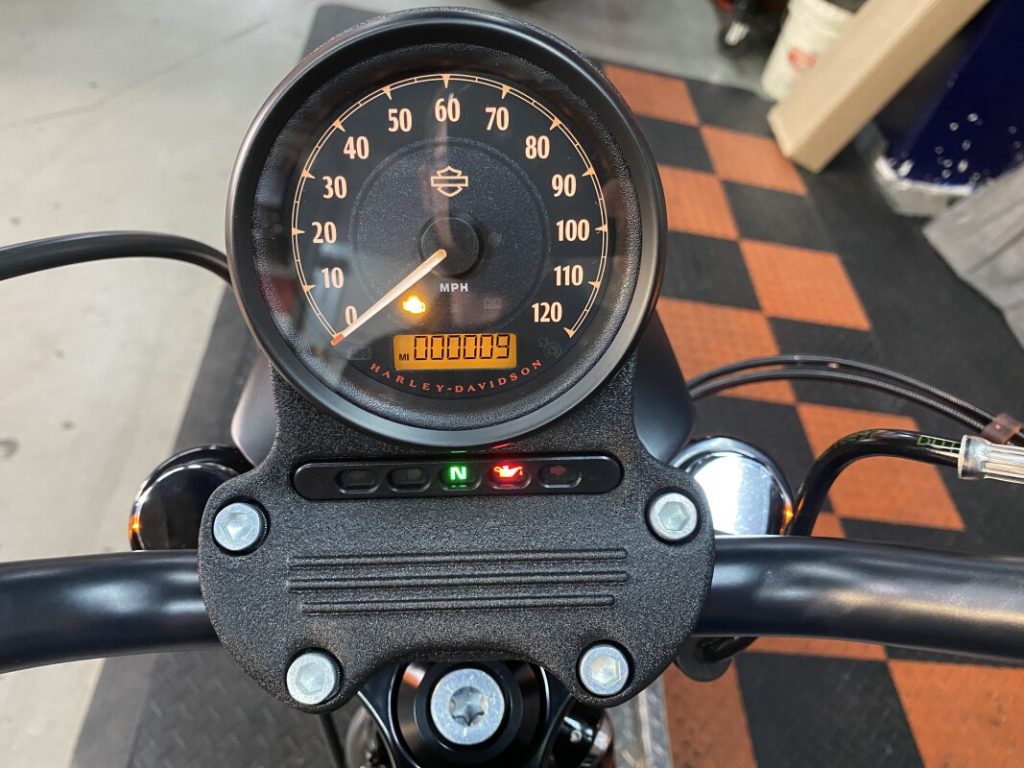
If you feel it is your destiny to ride cruisers, then pay specific attention to what the manufacturer states in their marketing as the range of the bike on a full tank of gas, and subtract 20%. Using the example bike of the Iron 883 and taking the low end of the advertised range at 160 miles, that would mean you should be thinking about visiting a gas station after 130 miles, and definitely pulling in to fill up at 145 miles traveled.
Some people say 15%, others play it very safe at 30%, but for most of the community, around 20% is a good enough buffer that if the next service station is 30 miles away, at 130 miles traveled, it’s enough of a buffer for you to roll off the throttle a little to extend your range. It is also a good idea during your pre-ride walkaround of your bike to pop open the fuel tank and take a peek inside. If it looks low, it probably is low, and your first stop should be the gas station.
By wearing the right gear, countersteering, riding your own ride, and knowing your fuel range and when you last filled, you can be sure to enjoy many years of riding until you’re old and have grandkids that you can tell about your big, interstate ride on your gas powered Iron 883 before “all them electric bikes took over!”

